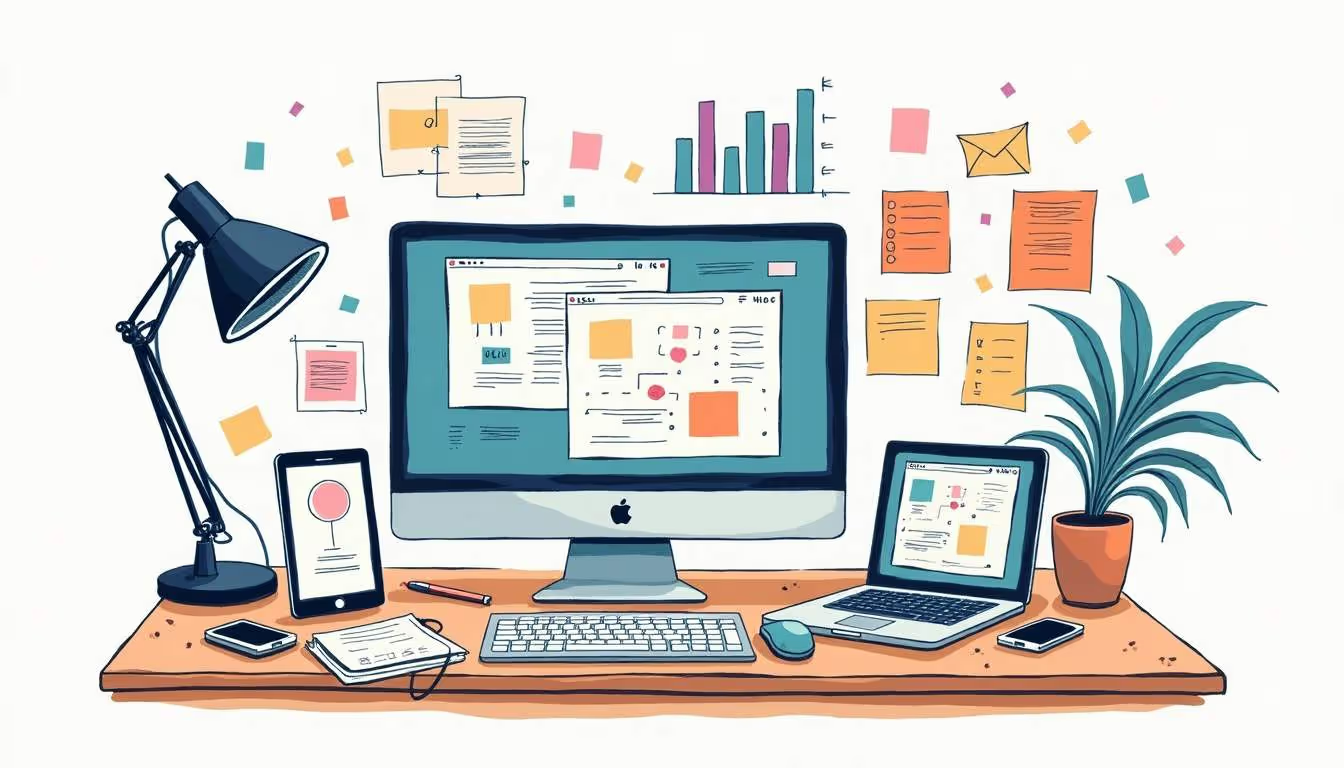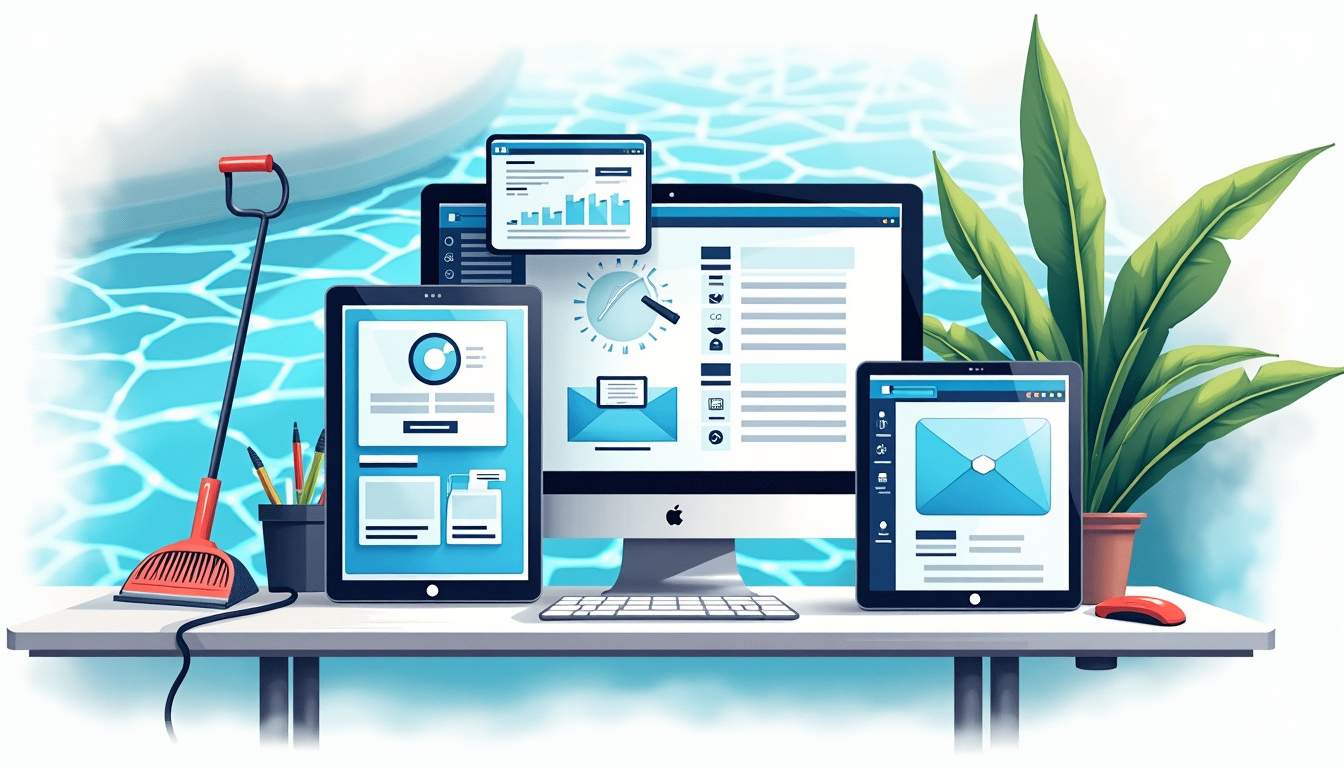Setting Up Custom Service Packages and Add-Ons: A Comprehensive Guide
In today’s competitive service industry, offering tailored service packages and add-ons is a powerful way to attract and retain clients while maximizing revenue. Whether you run a spa, consultancy, marketing agency, or any service-based business, crafting the right combination of offerings can elevate your brand and deliver exceptional client value. This comprehensive guide will walk you through the essential steps to design, price, and implement custom service packages and add-ons that resonate with your target audience and streamline your operations.
Understanding Client Needs and Preferences
Defining Your Client Persona
Before you can create compelling service packages, it’s critical to understand who your clients are. Developing detailed client personas helps you identify their demographics, preferences, pain points, and goals. For example, a wellness center targeting busy professionals might focus on stress relief and convenience, while a digital marketing agency serving startups may prioritize scalability and cost-effectiveness.
By analyzing your target audience, you gain insight into what drives their purchasing decisions. This foundational knowledge ensures your packages address real challenges and provide meaningful solutions rather than generic offerings. Additionally, understanding the psychographics of your clients—such as their values, interests, and lifestyle choices—can further refine your approach. For instance, a client persona that values sustainability may respond positively to eco-friendly service options, while another that prioritizes innovation might be drawn to cutting-edge technology integrations in your offerings.
Conducting a Needs Assessment
Once you have a clear picture of your client personas, assess their common pain points and unmet needs. This can be achieved through surveys, interviews, or analyzing past client interactions. Identifying these gaps allows you to tailor your service packages to directly solve their problems.
For instance, if clients frequently mention difficulty managing multiple service appointments, consider bundling services with streamlined scheduling and priority booking as part of your package. Addressing these specific needs enhances the perceived value and relevance of your offerings. Furthermore, implementing feedback loops—where clients can continuously share their experiences and suggestions—can help you stay ahead of evolving needs. Regularly revisiting your assessment process ensures that your service packages remain aligned with client expectations and market trends, fostering a sense of loyalty and trust in your brand.
Designing Service Packages Strategically
Grouping Complementary Services
Effective service packages group related services that naturally complement each other, creating a seamless and comprehensive experience for clients. For example, a beauty salon might offer a “Complete Makeover” package that includes hair styling, makeup application, and a manicure. This approach not only simplifies decision-making for clients but also increases the average transaction value.

By thoughtfully bundling services, you encourage clients to try offerings they might not have considered individually, boosting overall satisfaction and loyalty. Additionally, consider incorporating seasonal or themed packages that align with holidays or events, such as a “Bridal Bliss” package for weddings or a “Summer Glow” package that includes tanning and skincare services. These specialized offerings can attract new clients and encourage repeat visits, as customers look forward to unique experiences tailored to their needs.
Developing Tiered Offerings
To cater to diverse client needs and budgets, create tiered service packages—such as Basic, Standard, and Premium levels. Each tier should clearly outline the scope of services and benefits, allowing clients to select the option that best matches their requirements.
For example, a consulting firm might offer a Basic package with essential analysis, a Standard package including strategy development, and a Premium package with ongoing support and training. Tiered offerings provide flexibility and make your services accessible to a wider audience. Furthermore, consider adding limited-time promotions or discounts for clients who opt for higher-tier packages, incentivizing them to invest in more comprehensive solutions. This not only enhances perceived value but also fosters a sense of urgency that can drive quicker decision-making.
Highlighting Clear Benefits and Value
Clients want to know what they will gain from purchasing your packages. Clearly articulate the unique value proposition of each package, focusing on outcomes and benefits rather than just features. Use language that resonates with your clients’ goals, such as “Save time with our all-in-one solution” or “Achieve measurable growth with expert guidance.”
Incorporating side-by-side comparisons using tables or visuals can help clients quickly understand differences between packages, making their choice easier and more confident. Additionally, consider including testimonials or case studies from satisfied clients who have benefited from your service packages. Real-world examples can enhance credibility and provide potential clients with relatable scenarios, demonstrating how your offerings can effectively address their specific challenges and aspirations.
Implementing Effective Pricing Strategies
Adopting Value-Based Pricing
Pricing your packages based on the value delivered rather than just the cost of individual services can significantly improve profitability. Consider the results your clients will achieve and price accordingly. For instance, a digital marketing package that drives substantial lead generation justifies a higher price point than the sum of its parts.
This approach requires a deep understanding of your clients’ perceived value and willingness to pay, which can be refined through ongoing feedback and market research. Engaging in regular conversations with clients about their experiences and outcomes can provide invaluable insights into how they perceive the value of your services. Additionally, utilizing case studies and testimonials can help illustrate the tangible benefits of your offerings, reinforcing the rationale behind your pricing strategy and making it easier for clients to see the worth of their investment.
Offering A La Carte Add-Ons for Customization
While packages provide structure, many clients appreciate the flexibility to customize their experience. Offering a la carte add-ons—such as expedited service, additional consulting hours, or premium materials—allows clients to tailor packages to their specific needs without overwhelming them with choices upfront.
This strategy not only enhances client satisfaction but also increases your average revenue per client by encouraging incremental purchases. Moreover, by tracking which add-ons are most popular, you can identify trends and preferences, allowing you to refine your offerings over time. For example, if you notice a significant interest in a particular add-on, you might consider creating a new package that includes it as a standard feature, thus aligning your services more closely with client demand. This adaptability can position your business as responsive and client-focused, further solidifying client loyalty and trust.
Leveraging Technology for Seamless Integration
Automating Invoicing and Billing
Efficient billing processes are critical for maintaining cash flow and client trust. Implementing automated invoicing and payment reminders reduces administrative burden and minimizes errors, ensuring timely payments. Many modern service platforms offer integrated billing solutions that sync with your packages and add-ons, making the process seamless for both you and your clients. Additionally, advanced analytics tools can provide insights into payment trends and client behavior, allowing businesses to tailor their services and payment plans to better meet client needs. This proactive approach not only enhances client satisfaction but also fosters long-term loyalty, as clients appreciate the convenience and reliability of automated systems.

Optimizing Mobile Scheduling and Booking
With the increasing use of smartphones and tablets, clients expect to book services easily on any device. Ensuring your booking system is mobile-friendly enhances user experience and reduces friction in the purchasing process. Features like real-time availability, instant confirmation, and calendar syncing can significantly improve client engagement and reduce no-shows. Furthermore, integrating mobile payment options can streamline the checkout process, allowing clients to complete transactions quickly and securely. By offering personalized reminders and follow-up notifications through mobile apps or SMS, businesses can keep clients informed and engaged, ultimately leading to higher retention rates and increased revenue. The convenience of mobile scheduling not only meets client expectations but also positions your business as a forward-thinking leader in the industry.
Gathering and Incorporating Client Feedback
Establishing a Client Feedback Loop
Continuous improvement is essential for long-term success. Actively seeking client feedback through surveys, follow-up calls, or review requests helps you understand what works and where adjustments are needed. This feedback loop demonstrates your commitment to client satisfaction and fosters stronger relationships.

Testing and Refining Service Packages
Before fully launching new packages, consider piloting them with a select group of clients. This allows you to gather detailed insights and make data-driven refinements. Pay close attention to client reactions, usage patterns, and any barriers they encounter. Iterative testing ensures your packages are optimized for maximum appeal and effectiveness.
Highlighting Your Value Proposition Effectively
Focusing on Client Outcomes
Ultimately, clients invest in services to achieve specific results. Your marketing and communications should consistently emphasize the outcomes clients can expect—whether it’s increased productivity, enhanced well-being, or business growth. This outcome-driven messaging helps differentiate your packages and connects emotionally with potential buyers.
Using Clear Visuals for Comparison
Visual aids such as comparison charts or infographics make it easier for clients to evaluate different packages at a glance. Highlight key features, benefits, and pricing side-by-side to simplify the decision-making process. Clear visuals reduce confusion and build confidence in your offerings.
Conclusion
Setting up custom service packages and add-ons is both an art and a science. By deeply understanding your clients, strategically designing and pricing your offerings, leveraging technology, and continuously refining based on feedback, you can create irresistible packages that drive client satisfaction and business growth.
Investing the time and effort into crafting thoughtful, flexible, and value-driven service packages positions your business as a trusted partner in your clients’ success. With the right approach, your custom packages and add-ons will not only meet client needs but also unlock new revenue streams and foster lasting loyalty.








